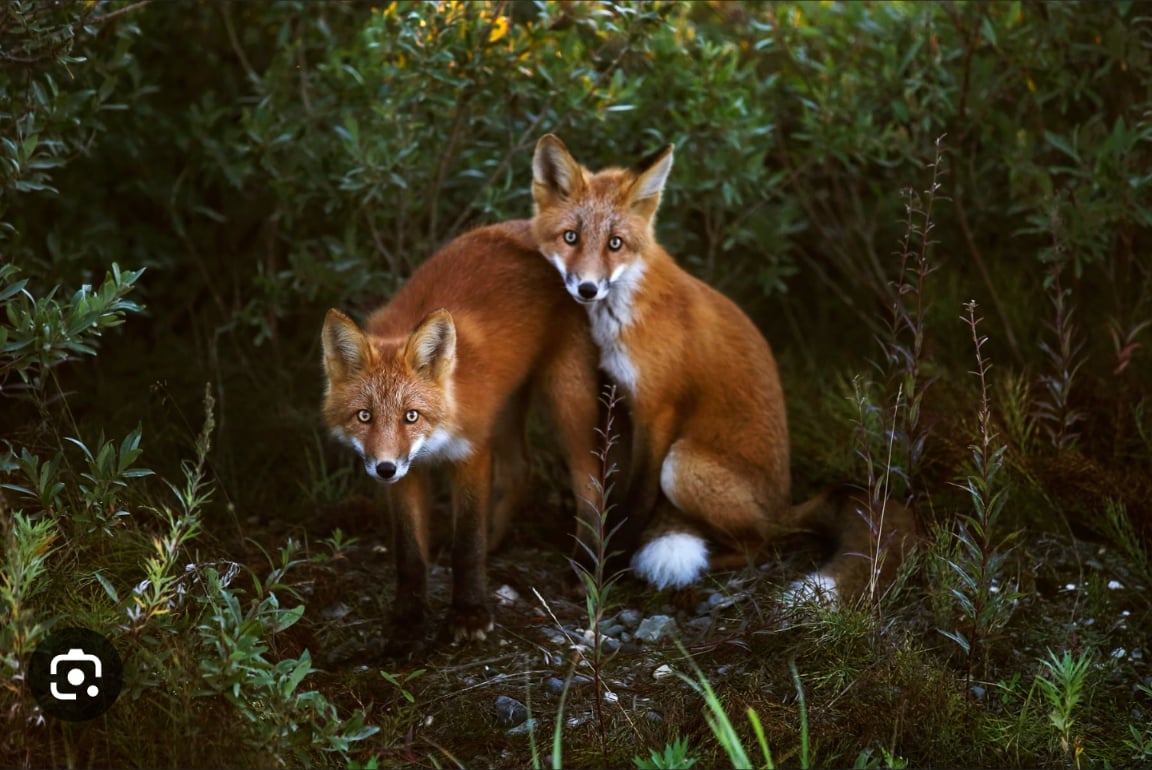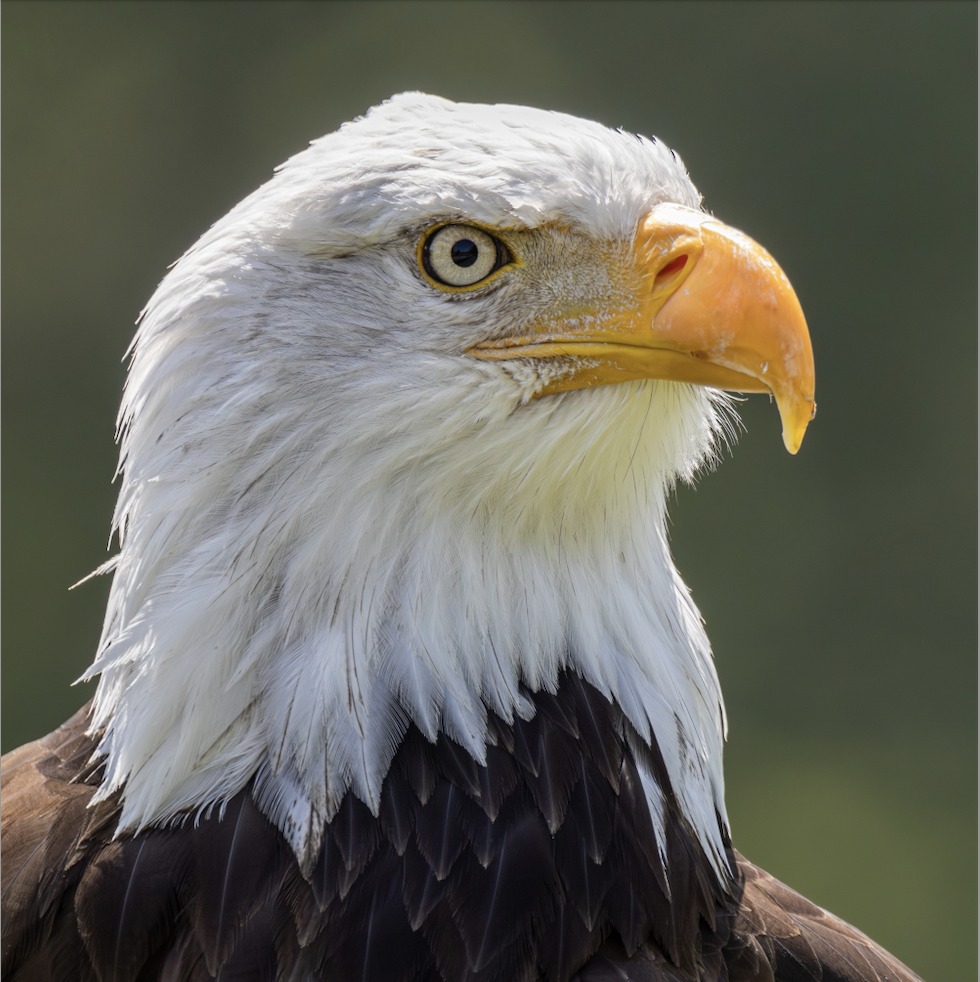KevinFRK
Refugee from Reddit
- 119 Posts
- 270 Comments

 7·2 days ago
7·2 days agoI used to use entirely clear filters (UV blocking, perhaps) purely for protection. After seeing various debates I swapped over to religiously using a lens hood, regardless of whether there was glare making the hood needed for its actual purpose. I think the argument was that hoods protect against a wider range of impacts, and in particular provide some cushioning, while filters obviously have an optical impact even if “clear”. Third party hoods are also cheap.
That said, hoods are bulky, so filters as protection have their place.
Really satisfying photo…
Except for those paper cups.
It’s been a little while since I’ve seen kestrels - here, the Kites get chased off by Jackdaws and Crows, though I’m pretty sure sometimes the Kites deliberately provoke them first to have a bit of fun.
Because I’ve watched them so much, I’m familiar with their flight patterns (loosely, a lazy horizontal corkscrew, a lazy half straight glide, and then a determined “I want to get there” flight - oh, and a circling up on thermals which is a “no hoper” for photos) - with those I find it much easier now to predict and track their flight. Though a good lens and auto-focus obviously helps a lot!
Well, there are Scottish release & feeding stations (I’ve been to the Galloway one), and they are happy in urban environments, it shouldn’t be more than a few years before you’re seeing them in Glasgow!
Oops - the one time I forgot to add it!
Canon R5 MkII + RF200-800mm lens (at full extension) - ISO800, F/9, 1/1250s So, umm, not the cheapest of setups :)
It did make my walk, the day is yet young, but maybe to day as well!
Chalkie from 2022, the last time I’ve a photo of them (I’ve also some 2021 photos):

A nice combo of crimes against the sky.
Though what it really needs is a few jet vapour trails, preferably with a jet in shot!
Perhaps try setting the camera to manual focus and a plausible distance - I almost feel sorry for auto-focus trying to make sense of what it’s seeing in those circumstances!
But a good experiment to try.
In passing, since you are learning about RAW format processing, you can do some quite extreme things to the luminance/histogram/gamma/whatever to bring out a little more detail in these sorts of shots, because the range of tones is rather narrow. Some also have fun boosting one of the colour components - “Mineral moon processing”.
If you get addicted to trying for the best possible moon shot, you may find https://clearoutside.com/forecast/ Useful for knowing when the nights will be clear
Also, don’t discount early morning/evening moon photos - there can still be enough details to make the effort worthwhile even in daylight (if you play with the RAW).
OK, I’ll bite, why “MilkTea” as a title?
 2·1 month ago
2·1 month agoInteresting article and photos within it, but what made you want to post this one here out of all possible interesting articles on photography? Can we look forward to your own work with stairs?
Yes, I only recently learned that Blackcaps’s sing really well through the Merlin Bird ID app. No more Blackbirds getting undeserved credit :)
A fun experiment.
It always amuses me to think how common blue moons actually are: “A blue moon refers either to the presence of a second full moon in a calendar month, to the third full moon in a season containing four, or to a moon that appears blue due to atmospheric effects.” - from Wikipedia, so maybe once or twice a year even just from the “twice in a month” form.
Nice views and framing!
Two of them are seeing the trees on the left looking a bit over-exposed/washed out - have you tried any post-processing (especially of RAW Format versions) to try and get the dynamic range under control?
 3·1 month ago
3·1 month agoHave you tried taking RAW format photos and doing a little post-processing (in particular whatever more detailed Histogram or Luminance tools you have)? This sidesteps a lot of functionality that usually guesses right, but can go horribly wrong.
Are you manually setting all three of aperture, ISO and speed? If not, double check what the auto settings of the others are (you should be getting those details in the photo meta data - visible under Properties|Details in Windows, as well as “Live”).
Kites are so fun and rewarding to photo. They were out in force today in Prospect Park in Reading, UK

Mmm, but it is a powerful camera + lens, making it easier :) And the light was kind.


Grey herons beget grey herons, or at least I assume that’s what’s happening here - same walk, maybe even same seat: